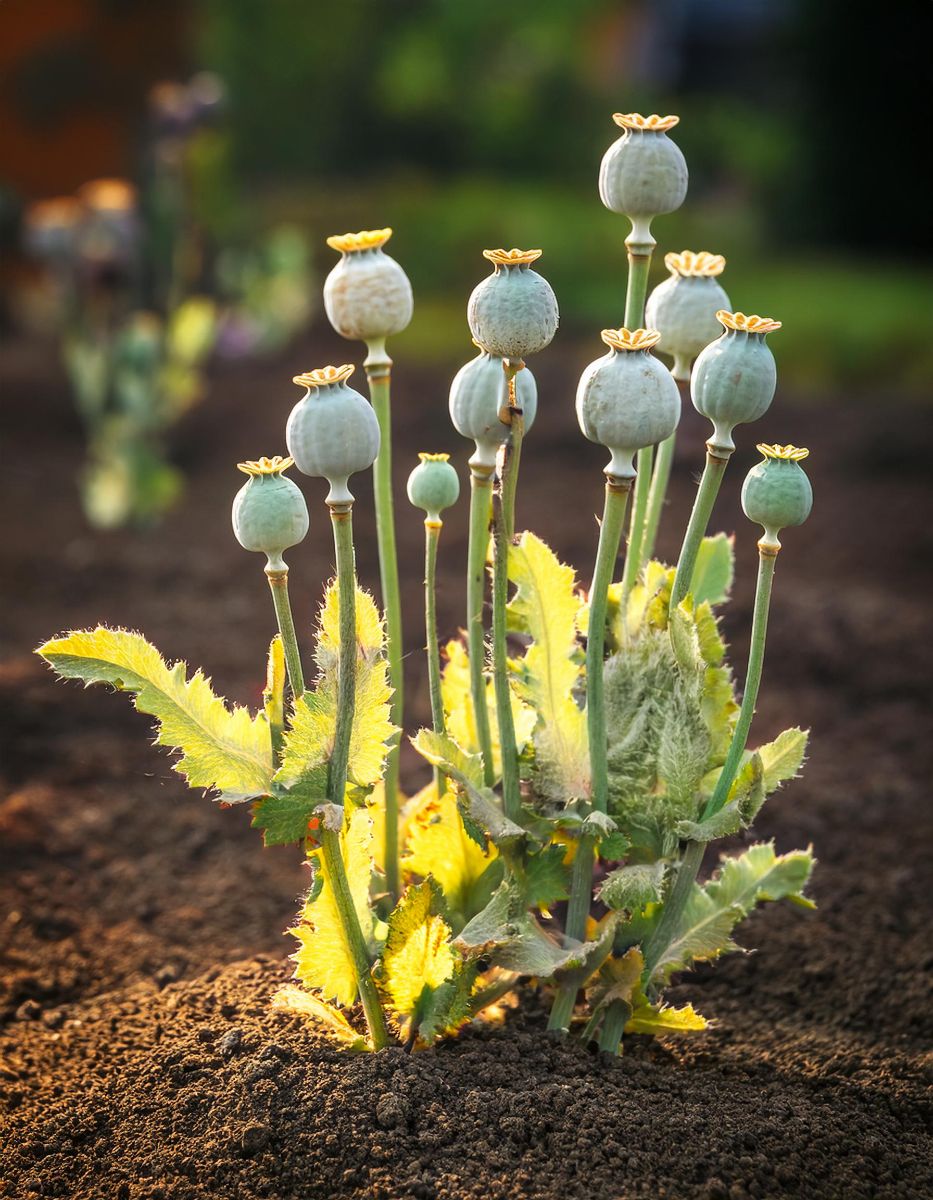The concept of self-seeding plants brings a new level of convenience and sustainability to gardening. Imagine having a garden that replenishes itself year after year with minimal intervention from you. This can lead to less work, more biodiversity, and a robust garden ecosystem. Plants that self-seed are not only resilient but also capable of spreading beauty throughout your garden season after season.
Why should you consider self-seeding plants for your garden? By investing a little time in the beginning, you can create a self-sustaining landscape that rewards you with splendid blooms and lush greenery. In this article, we will explore 11 self-seeding plants that you never need to worry about planting again. From their unique characteristics to the benefits they offer, these plants are sure to captivate your interest and transform your gardening experience.
1. California Poppy (Eschscholzia californica)
The California Poppy is not only the state flower of California but also a vibrant addition to any garden. Its bright orange flowers readily self-seed, creating a stunning display year after year. They thrive in well-drained soil and full sun, making them a low-maintenance beauty.
2. Black-eyed Susan (Rudbeckia hirta)
These cheerful yellow flowers with dark centers are hardy perennials that self-seed prolifically. Black-eyed Susans are great pollinator attractors and can fill large garden spaces with their bright blossoms.
3. Love-in-a-Mist (Nigella damascena)
Known for its delicate blue or white flowers surrounded by lacy bracts, Love-in-a-Mist easily self-seeds. After flowering, it produces interesting seed pods that can be used in dried flower arrangements.
4. Larkspur (Consolida ajacis)
Larkspur adds vertical interest to any garden with its tall spikes of purple, blue, or white flowers. This plant self-seeds abundantly, ensuring that your garden beds remain colorful year after year.
5. Purple Coneflower (Echinacea purpurea)
Purple Coneflower is both beautiful and useful, known for its medicinal properties. The plant’s seed heads attract birds, and it self-sows readily, making it a reliable choice for perennial borders.
6. Foxglove (Digitalis purpurea)
Foxglove’s tall, bell-shaped flowers are simply enchanting. Though it is a biennial, it self-seeds so effectively that it acts like a perennial, gracing your garden with its splendor every year.
7. Marigold (Tagetes)
Known for their vibrant colors and pest-repelling qualities, marigolds are garden workhorses. They self-seed easily, ensuring a constant supply of color and natural pest deterrents.
8. Borage (Borago officinalis)
Borage is an herb with star-shaped blue flowers that not only attracts pollinators but also self-seeds generously. The plant is edible and known for its cucumber-like flavor, making it a versatile garden addition.
9. Sweet Alyssum (Lobularia maritima)
This low-growing plant produces masses of small white, lavender, or pink flowers. Sweet Alyssum self-sows with ease, creating a lovely ground cover that fills gaps and reduces the space for weeds.
10. Forget-me-not (Myosotis)
Adored for their tiny blue flowers, Forget-me-nots spread gently by self-seeding. They are perfect for woodland gardens and shady spots, persisting year after year with minimal care.
11. Cosmos (Cosmos bipinnatus)
Cosmos are easy-to-grow annuals that produce an abundance of daisy-like flowers throughout the summer. They self-seed prolifically, ensuring vibrant displays and acting as great companion plants.
By incorporating these self-seeding plants into your garden, you can enjoy a perpetual bloom with minimal effort. These hardy plants not only enhance the beauty of your garden but also support local ecosystems by attracting pollinators and providing food for wildlife. Gardening can be both rewarding and sustainable with the help of these wonderful self-seeding species.
